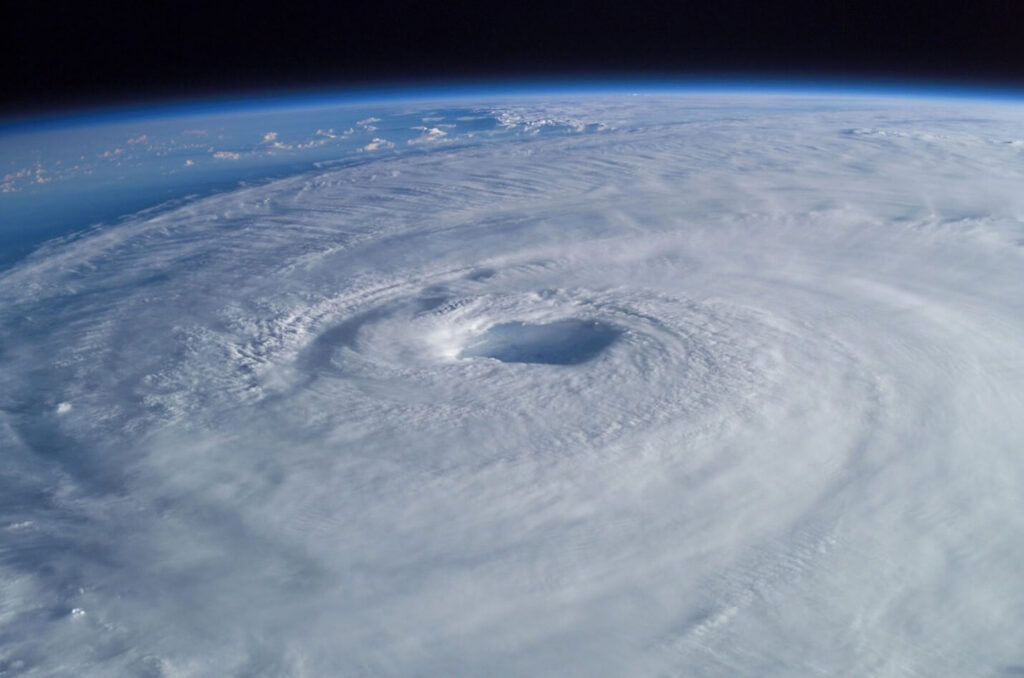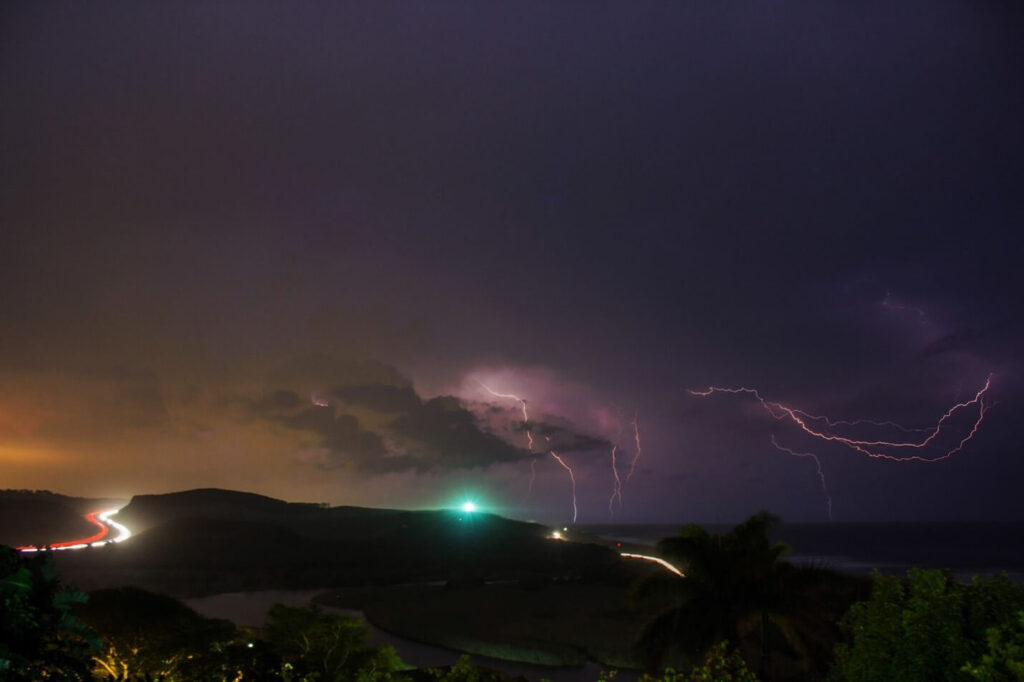Like in many parts of the world, weather patterns in the US migrate from west to east. This phenomenon is essential to the nation’s climate and weather patterns and is caused by a variety of natural sources. So why do weather system move only in a certain direction? Let’s learn more about that in this article.

The Coriolis Effect and Atmospheric Movement
The Earth’s rotation is a major factor in the motion of weather system. This rotation causes what is known as the Coriolis effect. This is a pattern of deflection that happens when things, particularly air masses, are placed in motion.

This deflection causes wind moving in the Northern Hemisphere to deviate to the eastward direction. On the other hand, things tend to go westward and deflect to the left in the Southern Hemisphere. In the United States, the eastward migration of weather systems is mostly determined by the Coriolis effect.
Jet Streams and Their Influence
The jet stream is a prevalent cause of westward to eastward movements in prevailing winds. At higher altitudes in the atmosphere, there are small bands of fast-moving winds known as jet streams. The subtropical and polar jet streams are the two main jet streams in the Northern Hemisphere.
Warmer air to the south and colder polar air to the north are separated by the polar jet stream. Such jet streams normally move from west to east. The jet stream propels weather systems, which travel along its course from west to east. Hence this is why the prevailing wind goes out to the east side of the United States.
Cyclonic Movement

Weather patterns depend on high-pressure systems called anticyclones and low-pressure systems called cyclones.
Cyclones and anticyclones revolve around their centers in opposite directions in the Northern Hemisphere.

The Coriolis effect causes cyclones to rotate, which causes them to migrate eastward.
Many weather-related events in the US, such as the formation of storms, precipitation, and temperature fluctuations, are caused by these cyclones. The circulation surrounding these low-pressure systems always travels eastward due to the Coriolis effect.
The Global Wind Patterns in the Mid-Latitudes
The movement of the American weather system fits into a larger pattern of atmospheric circulation throughout the world. Winds know as the westerlies, which blow from west to east, predominate in the mid-latitudes. The overall direction of weather systems in this area is influenced by these westerly winds. Because it is located in these mid-latitudes, the United States is impacted by the dominant westerlies.

The movement of air masses, storm systems, and pressure systems are all shaped by these westerly winds, which have a major influence on weather patterns. This worldwide circulation pattern directly contributes to the west-to-east passage of weather systems across the nation.
Influence of Topography and Local Effects
The eastward travel of weather systems in the United States is mostly caused by the prevailing westerlies, although local geology and geography can bring changes in this trend.
Localized weather patterns can result from the course of weather systems being impacted by mountains, coasts, and other physical characteristics.
Mountain ranges can become barriers, allowing air to climb and cool and resulting in the development of precipitation on windward sides.
Moreover, the existence of significant bodies of water, like the Great Lakes, affect how weather systems travel and behave. Water bodies have the ability to regulate temperature and play a role in the formation of lake-effect snow in certain areas that may not exactly follow the typical west-to-east trend.
Seasonal and Regional Variations
It’s useful to understand that seasonal and regional variations affect the weather system. The position and strength of the jet stream may vary with the seasons, resulting in changes in weather patterns. For instance, in the winter, the polar jet stream may descend further south, bringing with it the possibility of winter storms and lower temperatures to areas that do not usually see them.
In addition, elements including temperature gradients, ocean currents, and proximity to other landmasses affect regional variances. Localized weather patterns and sporadic departures from the west-to-east trend might result from these variables.
Conclusion
The Coriolis effect, the impact of jet streams, global wind patterns, and the terrain of the area, results in the eastward drift of weather systems. Although there is a general eastward trend, seasonal and regional variations should be considered since localized influences can affect weather patterns.
Meteorologists need to understand the mechanics of the movement of the weather system in order to create accurate forecasts. Moreover, it also assists people and communities in being ready for different types of weather. The eastward travel of weather systems is a vital part of the weather and climate of the United States.
